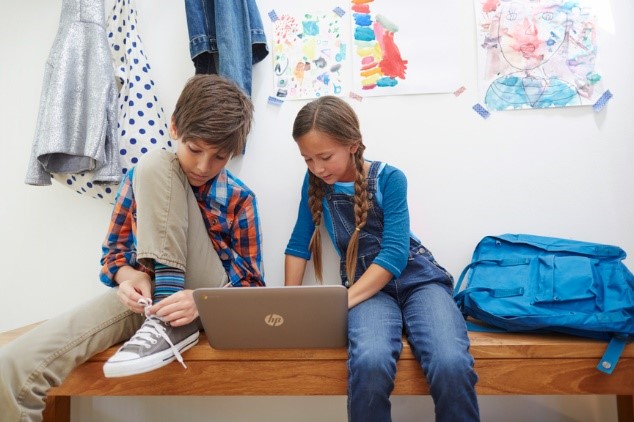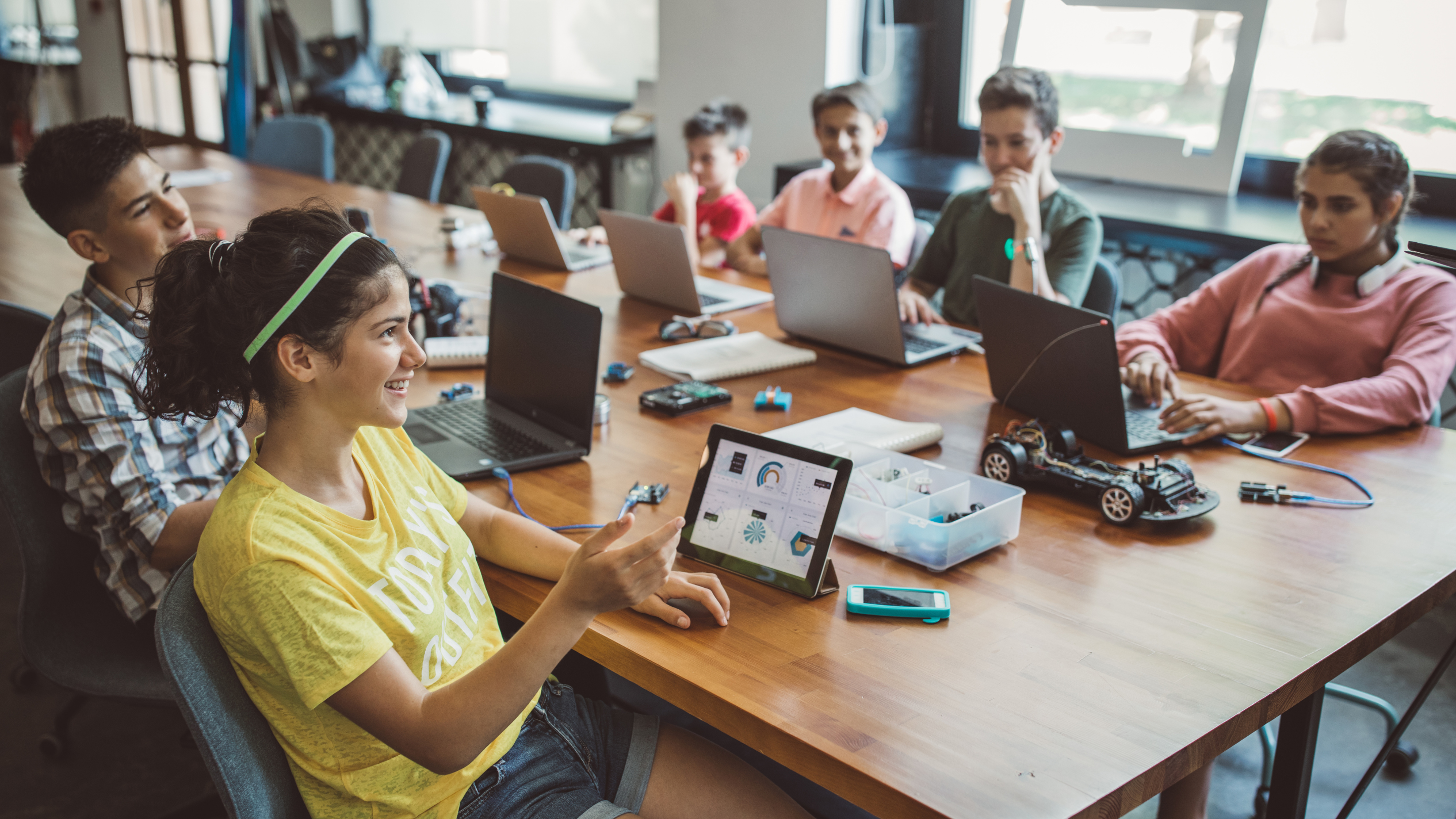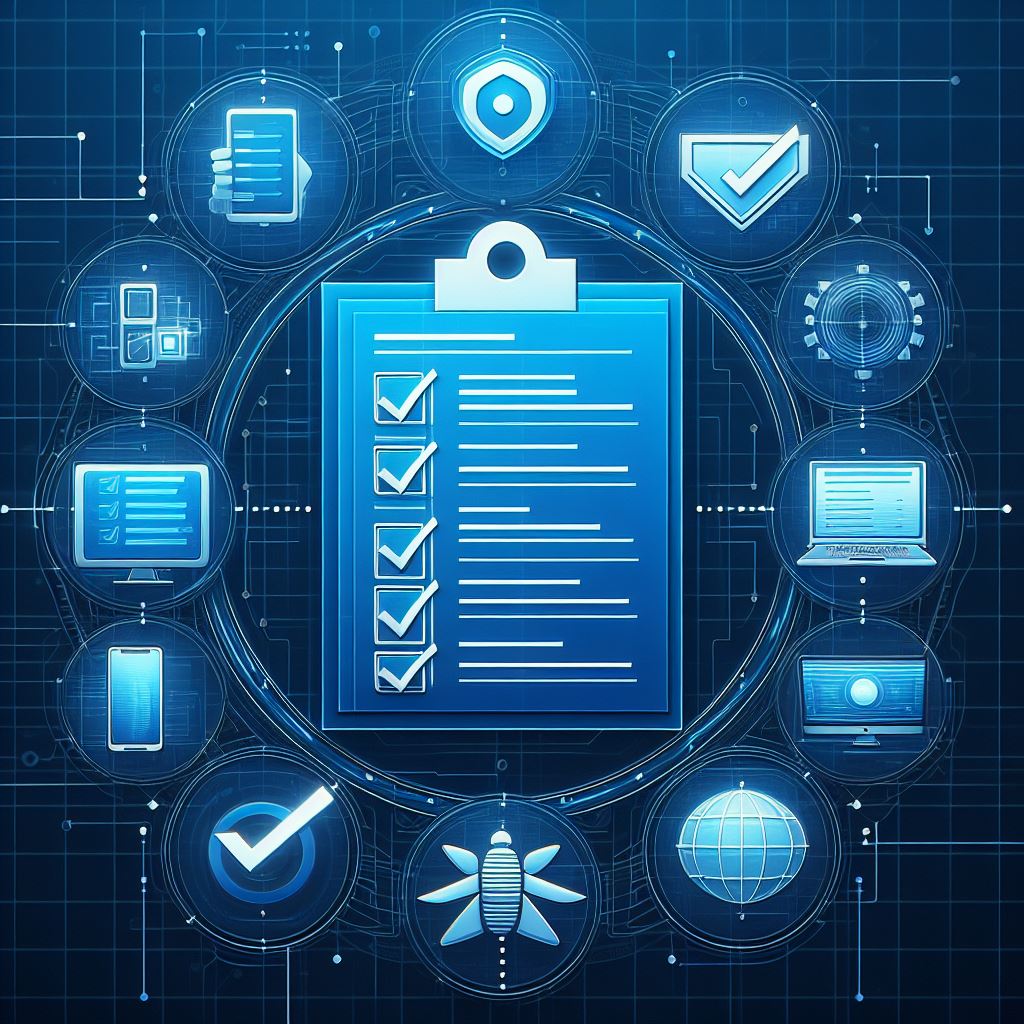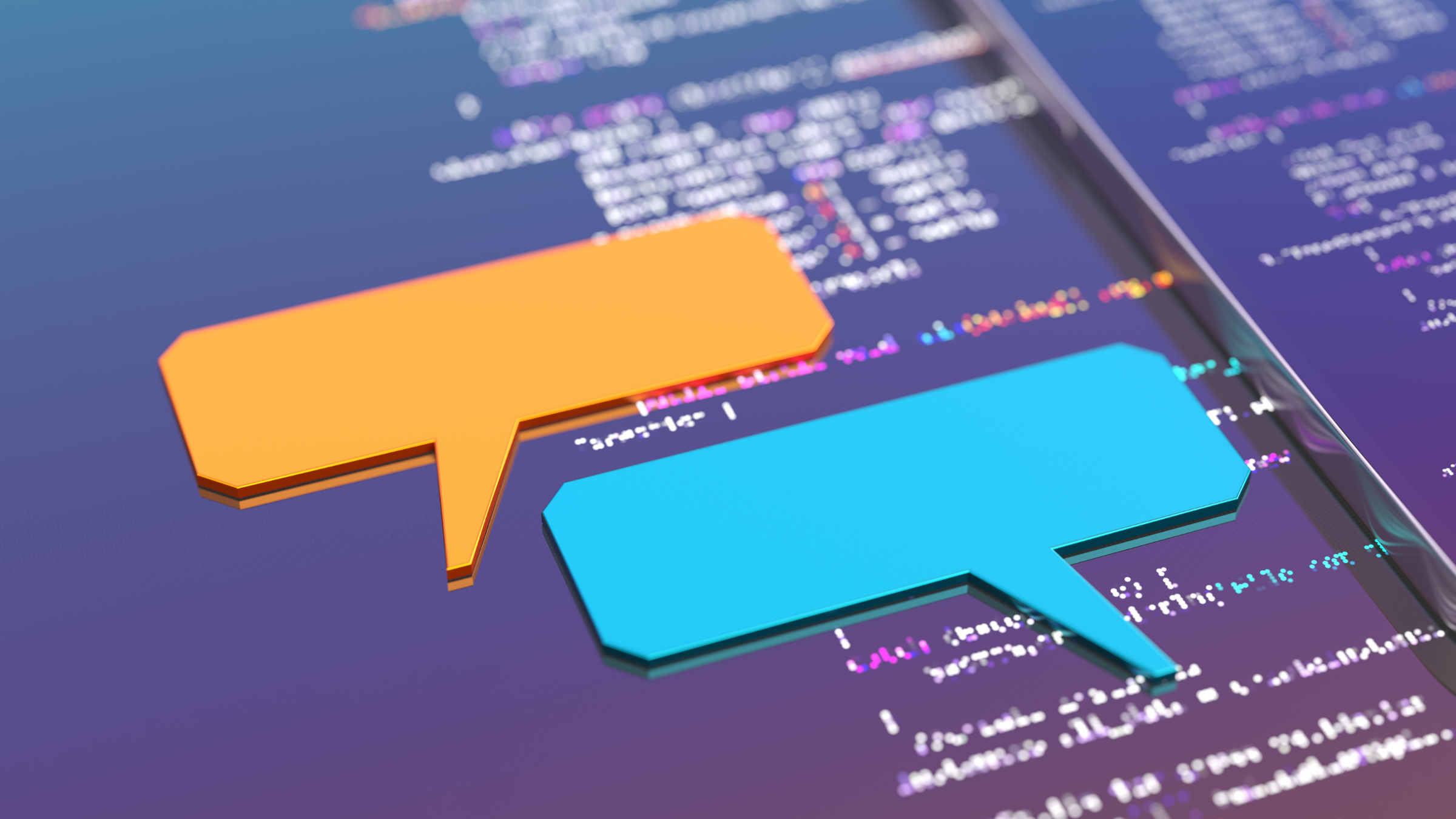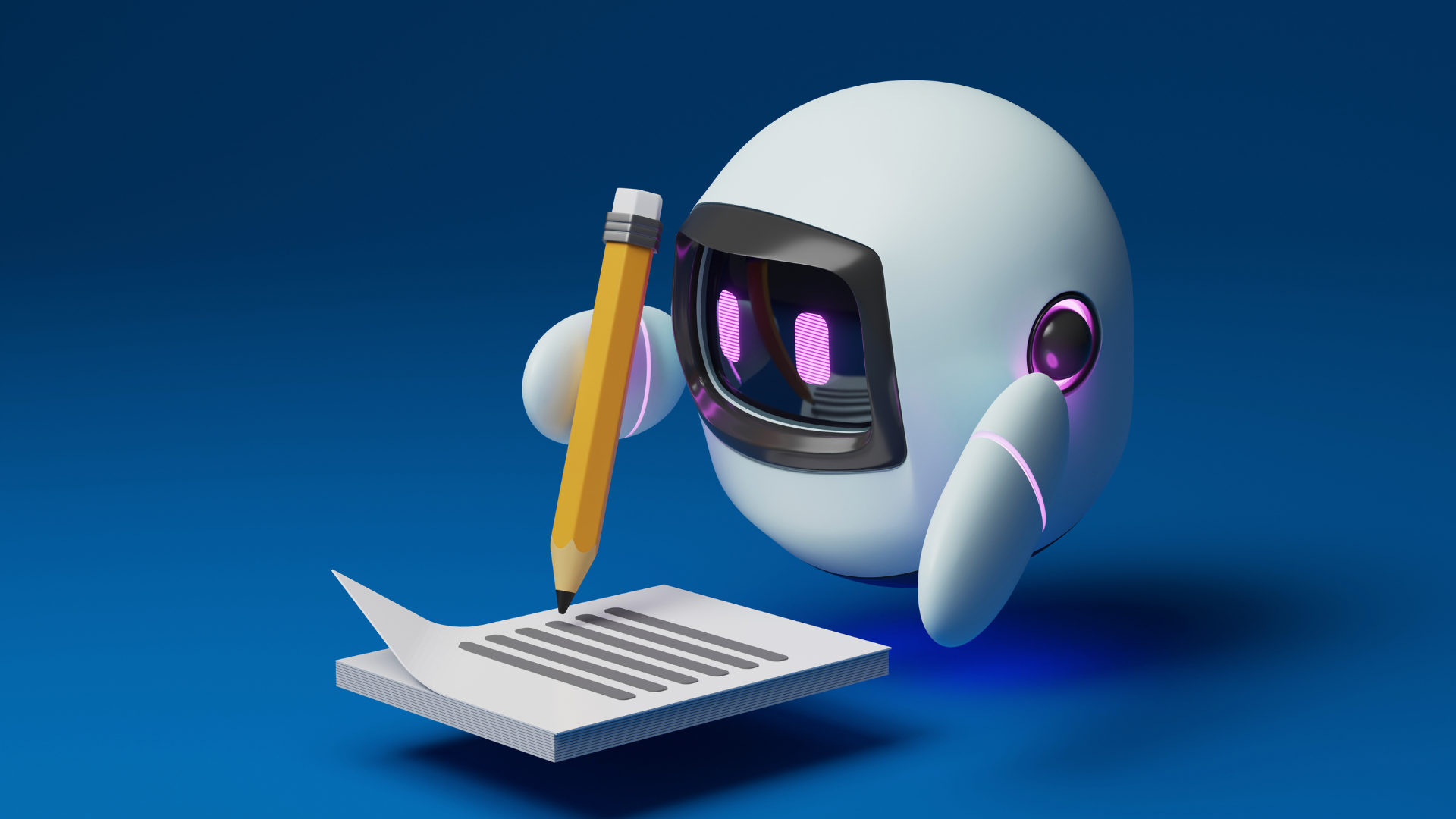Probably like you, I have spent a significant amount of time reading about the various things that people have learnt from New Zealand’s time during Lockdown. The range and quality of the information are, as you would expect, diverse. There have been some major themes, regardless of the source, that has emerged from schools’ experiences.
- Use of technology in teaching and learning has accelerated exponentially during Lockdown
- Staff who may have been resistant have, generally, got on board
- Some students are enjoying the flexibility and diversity of programme delivery that has come with Lockdown
Right now, I believe the critical question is: How do we maintain momentum from these gains? The following are some thoughts on how you and your school might maintain the momentum:
1. Have a plan.
Anyone that has trained towards a goal knows that it takes consistency and reaching a series of pre-determined milestones to ensure the best chance of success. This is also what we teach our students. If we do not plan for an environment where momentum can be maintained, it will be lost. In a school, it is easy to get caught up in administration and the day-today and not step back and take time to formulate this plan and to get your staff and students on board with it. If you already have a plan, review it. If you do not have one, get one sorted.
2. Collect good data.
You may have done this already, but useful data allows you to be efficient with the limited resourcing and time that you have to meet your goals. Consider:
- What is the student voice regarding the way they may like to work?
- How could programme flexibility and delivery be changed to accommodate both learners and teachers?
- What are the physical or technological learning barriers that may exist?
- What are the risks when changing the way things work in a new environment?
- What is it that teachers and learners do not want to change?
- Is this shift sustainable and feasible?
3. Be ruthless about your milestones.
It is critical to review and check that you are making tangible progress. There is always a risk in technology that the “new” things are, by nature, better simply because they are new. Milestones allow an element of checking and measuring progress against fundamentals. I would encourage these metrics, such as the number of teachers using a particular platform, to be linked to specific learning outcomes that are core to the school’s measurement of success.
4. Network with your friends.
From observation, there is a wide range of diversity within current practice. This is not unexpected with the variety of socio-economic factors, resourcing limitations and leadership styles that exist in New Zealand schools. At New Era, we have seen schools opting in and out of BYOD programmes, schools adjusting timetables outside of the traditional, and schools that are using online tools to help students co-construct courses for 2021. You will have your networks to talk to, but please do consider talking to New Era as your trusted advisors, as we are in the fortunate position to see a wide range of practices.
5. Remove the barriers.
There is nothing more frustrating than when something won’t work. Ensuring your technical backbone, ranging from wireless access to appropriate device availability and cloud integrations, is essential to maintaining momentum. The resourcing needs of schools differ in terms of the way technology can be accessed at home versus when students are at school. This may be a simple logistical barrier that can be overcome with investment in a purchase, lease or a project. More difficult to overcome are the pedagogical and practice-based obstacles that can impede momentum and sow seeds of negativity. Planning is your friend when removing barriers to maintain momentum. It helps to demonstrate clear and articulated leadership and, for your sanity, allows decisions to be proactive, not reactive.
Being dedicated to education, New Era would be delighted to help you maintain the momentum and shifts your staff and students have made.

 Australia
Australia Canada
Canada LATAM
LATAM UAE
UAE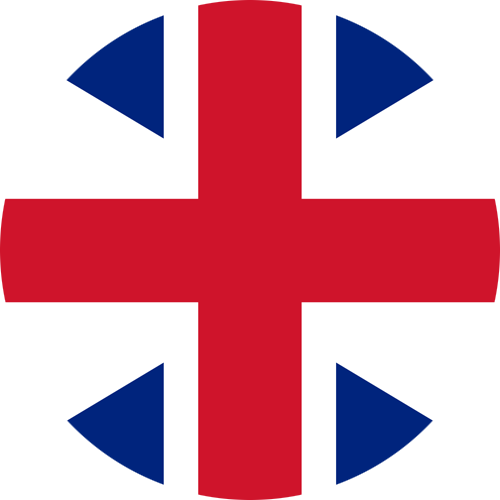 United Kingdom
United Kingdom United States
United States
